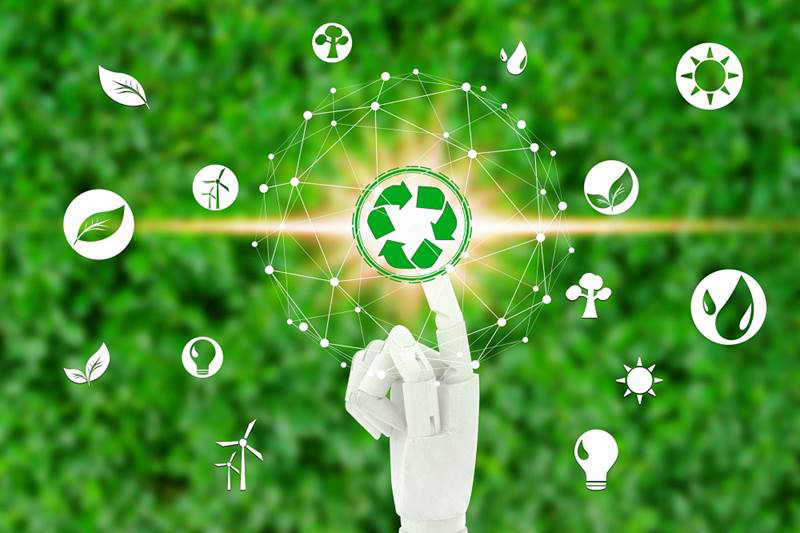Introduction:
In the face of escalating climate crises, the imperative to adopt sustainable technology solutions has never been more pressing. With greenhouse gas emissions soaring and ecosystems teetering on the brink of collapse, innovative technologies offer a glimmer of hope in the fight against climate change. By harnessing the power of technology, we have the potential to steer our planet towards a more sustainable future.
Renewable Energy: Powering Progress:
Renewable energy stands at the forefront of sustainable tech solutions. Solar, wind, hydro, and geothermal energy sources offer a clean alternative to fossil fuels, which are the primary drivers of climate change. Solar panels, in particular, have witnessed a remarkable surge in adoption, thanks to advancements in photovoltaic technology and plummeting costs. Wind turbines, capable of harnessing the kinetic energy of the wind, have also become ubiquitous features of the modern energy landscape.
Energy Storage: Balancing the Grid:
Another promising avenue for combating climate change lies in energy storage technologies. The intermittent nature of renewable energy sources necessitates efficient energy storage systems to ensure a steady power supply. Battery storage solutions, such as lithium-ion batteries, are rapidly evolving to meet this demand. Additionally, innovative technologies like pumped hydro storage and molten salt thermal storage offer scalable and cost-effective means of storing renewable energy for later use.
Enhancing Efficiency: Doing More with Less:
Furthermore, advancements in energy efficiency technologies are vital for reducing energy consumption and curbing greenhouse gas emissions. Smart buildings equipped with energy-efficient heating, ventilation, and air conditioning (HVAC) systems, as well as sensor-based lighting and smart meters, optimize energy usage and minimize waste. Similarly, electric vehicles (EVs) are revolutionizing transportation by offering a cleaner alternative to traditional combustion engine vehicles.
Sustainable Agriculture: Cultivating Change:
Beyond energy production and consumption, sustainable agriculture practices are essential for mitigating climate change. Precision agriculture technologies enable farmers to optimize resource usage, minimize environmental impact, and enhance crop yields. Additionally, regenerative agricultural practices sequester carbon in the soil and promote biodiversity, thereby mitigating greenhouse gas emissions and enhancing ecosystem resilience.
Carbon Capture and Storage: Removing CO2 from the Equation:
Carbon capture and storage (CCS) technologies offer a promising strategy for removing carbon dioxide from the atmosphere and mitigating the impacts of climate change. Direct air capture (DAC) systems utilize chemical processes to capture CO2 from the ambient air, while CCS technologies capture emissions from industrial sources and store them underground or repurpose them for industrial use.
Policy and Finance: Catalyzing Change:
In addition to technological innovations, policy interventions and financial incentives are critical for accelerating the adoption of sustainable tech solutions. Governments can implement carbon pricing mechanisms, renewable energy mandates, and subsidies to incentivize investment in clean technologies. Similarly, private sector initiatives drive innovation and support the transition to a low-carbon economy.
Conclusion:
In conclusion, sustainable technology solutions offer a pathway towards addressing the urgent challenges posed by climate change. From renewable energy sources and energy storage technologies to sustainable agriculture practices and carbon capture technologies, a diverse array of innovations are reshaping our approach to energy production, consumption, and environmental stewardship. By harnessing the power of technology and embracing a holistic approach that integrates policy, finance, and innovation, we can mitigate the impacts of climate change and build a more resilient and sustainable future for generations to come.



